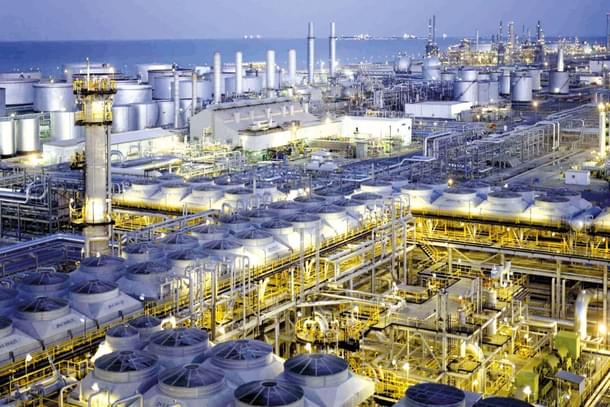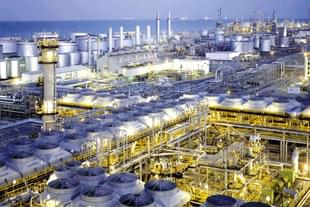News Brief
Ongoing Investment Slump In Oil And Gas Sector Will Spur Adverse Economic Consequences, International Energy Forum Warns
Swarajya Staff
Dec 09, 2021, 03:23 PM | Updated 05:46 PM IST
Save & read from anywhere!
Bookmark stories for easy access on any device or the Swarajya app.


Dwindling investment in the oil and gas sector will result in greater price volatility, spur adverse economic consequences and complicate policy choices during the energy transition, a report by the International Energy Forum (IEF) and IHS Markit has warned.
Pointing out that upstream investment in the oil and gas sector in 2021 continues to be depressed for a second consecutive year at $341 billion (close to 25% below 2019 levels) despite rising demand, the report urged for annual investment to the tune of $525 billion through 2030 to ensure balance in the energy markets.
The annual investment by the oil and gas industry was as high as $750 billion in 2014
"The next two years s (2022-2023) are critical for sanctioning and allocating capital towards new projects to ensure adequate oil and gas supply comes online within the next five or six years," the IEF said in a report. "Insufficient upstream investment would result in more price volatility and spur adverse economic consequences."
Unless the slump in upstream investment is arrested, the report warned of wider energy poverty, more frequent scarcity and fuel switching to more polluting energy sources such as wood and coal.
The report also highlighted that the investment environment for the oil and gas sector is becoming more challenging in the face of unprecedented uncertainty and risks driven by record price volatility, evolving government regulations, increasingly diverging long-term demand narratives, and non-standardized ESG criteria.
Pressure on governments and industry for a green recovery serve as additional constraint on the availability of capital for the oil and gas sector, the report added.
“As a result, investment decisions are becoming increasingly complex,” the report argued.
According to the report, the delay in investment decisions and the increased reliance on short-cycle production is bound to increase the uncertainty around future security of supply can add a premium to prices
The report said that the swift growth in US shale oil production both masked the impact of pre-2020 lower investment in conventional production and amplified it post-2020.
Oil and gas will continue to remain a significant part of the energy mix for the reasonably foreseeable future accounting for 55% of the primary energy demand in 2030, the report said.
The report echoes the views recently articulated by the oil and gas industry leaders
Addressing the 23rd World Petroleum Congress currently underway in Houston, Saudi Aramco CEO Amin Nasser said that fossil fuels will play a key role in energy mix for a much longer time and urged the world leaders to continue investing in fossil fuels.
Nasser warned of energy insecurity, rampant inflation, and social unrest if energy prices become "intolerably high" due to plummeting investments in fossil fuels and unrealistic energy transition plans.
Terming the existing energy transition strategy for the industry as “deeply flawed”, Nasser said that critical considerations like energy security, economic development and affordability imperatives are not receiving adequate attention.





